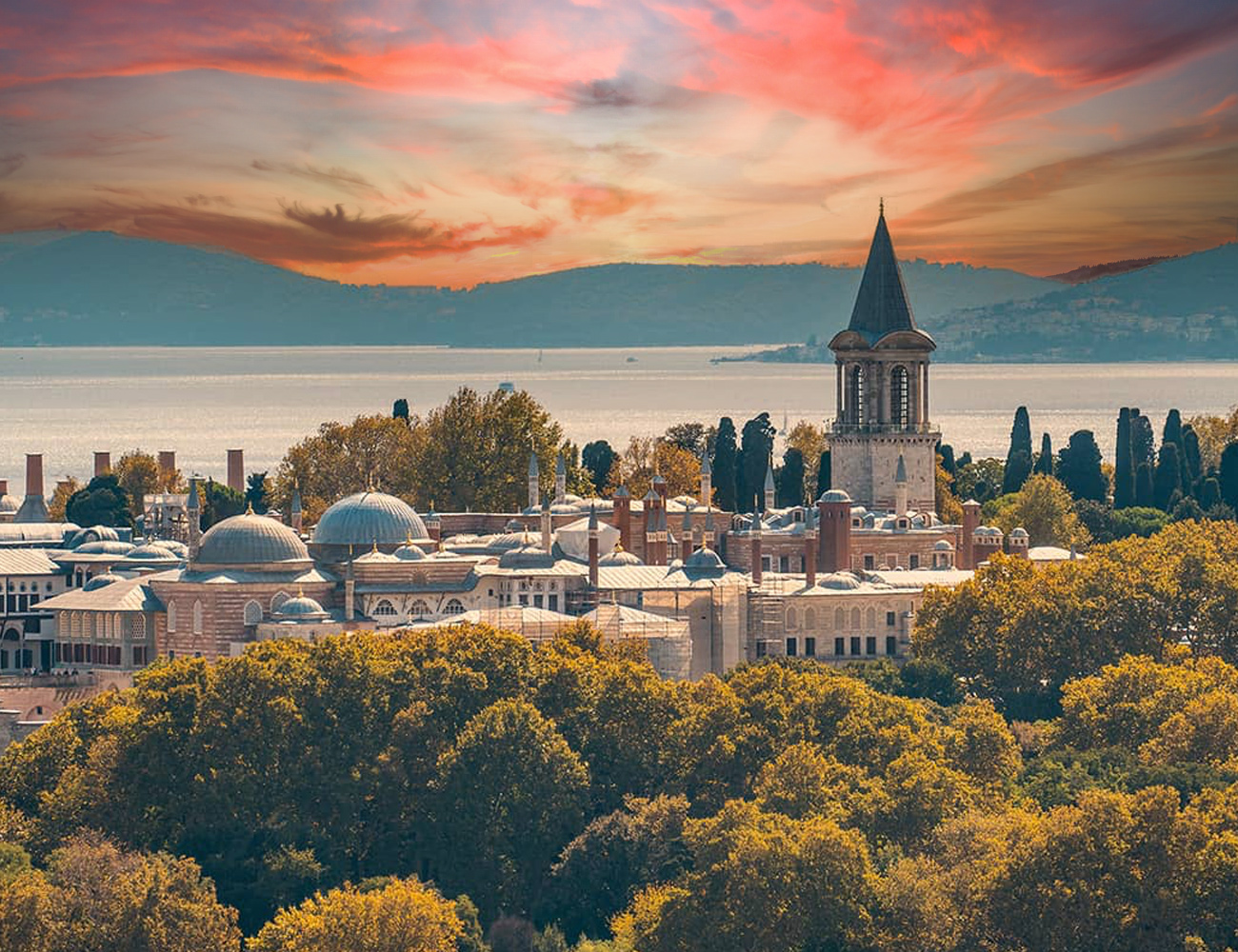Unveiling the Splendor of Topkapi Palace

Step into the opulent world of Ottoman grandeur at Topkapi Palace, an architectural marvel that once served as the residence of the sultans. Nestled in the heart of Istanbul’s Sultanahmet district, Topkapi Palace offers a glimpse into the rich history and cultural heritage of the Ottoman Empire. In this blog post, we will provide you with a comprehensive guide to Topkapi Palace, helping you navigate through its magnificent courtyards, exquisite pavilions, and captivating collections, ensuring an unforgettable experience.
- History and Overview: Topkapi Palace, constructed in the 15th century, served as the primary residence and administrative center of the Ottoman sultans for over 400 years. Today, it stands as a UNESCO World Heritage site and houses a remarkable collection of artifacts, including imperial treasures, religious relics, and stunning architecture.
- Palace Complex and Key Highlights: a. First Courtyard: Enter through the Imperial Gate into the vast First Courtyard, which houses several structures, including the Hagia Irene Church, the palace kitchens, and the Council Hall.
b. Second Courtyard: Proceed to the Second Courtyard, home to the main palace buildings. Highlights include the Audience Chamber, the Privy Chamber, and the Imperial Treasury, where dazzling jewels and precious artifacts are displayed.
c. Harem: Explore the Harem, the private living quarters of the sultans and their families. Admire the stunning architecture, intricate tile work, and beautiful courtyards while gaining insights into the daily lives of the palace’s residents.
d. Third Courtyard: Discover the Third Courtyard, known as the Sultan’s Garden, with its stunning views of the Golden Horn and Bosphorus. Visit the Palace Kiosk of Baghdad and the Circumcision Room, which showcase remarkable architectural details.
- Collections and Exhibitions: a. Imperial Treasury: Marvel at the exquisite collection of jewelry, including the famous Topkapi Dagger and the Spoonmaker’s Diamond, among other glittering treasures.
b. Sacred Relics: Witness the sacred relics housed in the Sacred Safekeeping Rooms, including Prophet Muhammad’s personal belongings, swords, and other revered items.
c. Porcelain Collection: Explore the vast collection of Chinese, Japanese, and Ottoman ceramics, displayed in the kitchens of the palace.
d. Ottoman Clothing and Textiles: Admire the collection of richly embroidered Ottoman clothing, textiles, and carpets, showcasing the artistry and craftsmanship of the era.
- Practical Tips: a. Tickets and Opening Hours: Plan your visit accordingly, as Topkapi Palace has specific opening hours. It’s advisable to purchase tickets in advance to avoid long queues, especially during peak tourist seasons.
b. Audio Guides and Guided Tours: Opt for an audio guide or join a guided tour to enhance your understanding of the palace’s history, architecture, and collections.
c. Dress Code and Etiquette: Dress modestly and respectfully, as Topkapi Palace is a historic site with religious significance. Keep shoulders and knees covered, and remove hats or head coverings while visiting certain areas.
d. Photography and Restrictions: Photography is generally allowed in most areas of the palace, except in the Sacred Relics section. However, be mindful of not using flash or tripods, and always check for any specific photography restrictions.
Topkapi Palace stands as a magnificent testament to the grandeur of the Ottoman Empire, offering visitors a captivating journey into the past. Immerse yourself in the opulent architecture, awe-inspiring collections, and rich history of this historic landmark. By following this comprehensive guide, you’ll be able to navigate the palace’s
